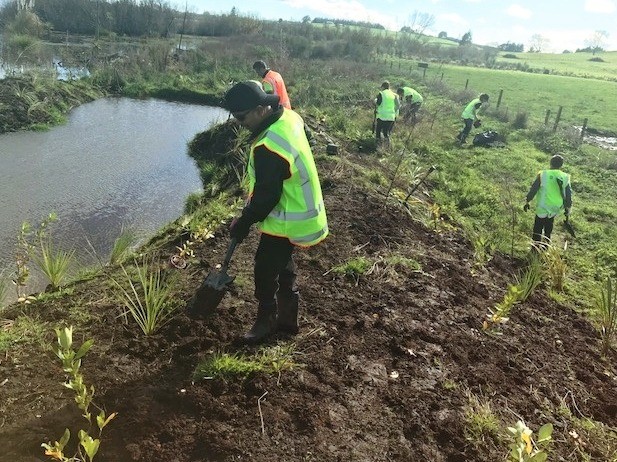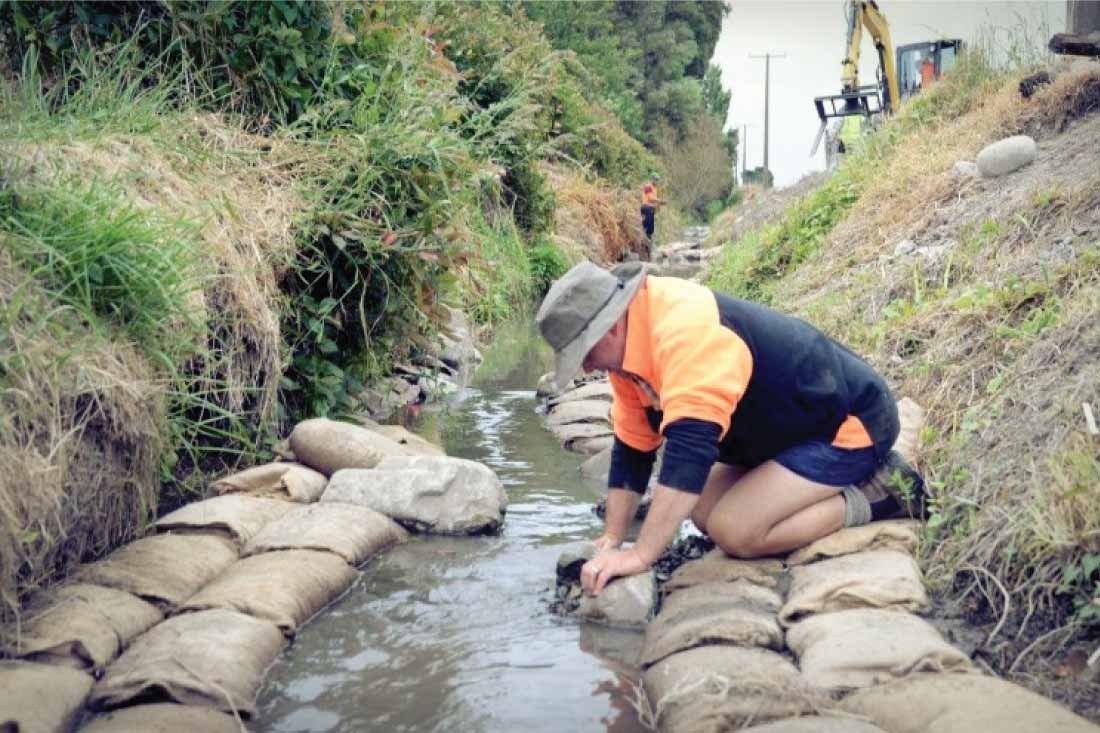Living Water: new approaches delivering results
The innovative mindset of the Living Water programme is delivering new approaches and tangible results for freshwater, biodiversity, farmers and communities.
Living Water is a 10-year partnership between Fonterra and the Department of Conservation that brings farmers, scientists, councils, communities and Mana Whenua together to identify and implement solutions that will enable farming, fresh water and healthy eco-systems to thrive side by side.
Dairy farming is central to New Zealand’s economy, but how we are farming is having an impact on our lowland freshwater ecosystems.
Our streams, lakes, rivers, lagoons and coastal estuaries are being impacted by high levels of nutrients, sediment, effluent and other pollutants. This has resulted in freshwater ecosystems being reduced and degraded and that is where Living Water comes in.
Ecosystems and our land and water environments are complex and vary greatly across New Zealand. Soil types and water pathways can be different from paddock to paddock, farm to farm, and region to region so solutions must be designed and tailored to their unique location. This is why Living Water has been designing and trialing solutions in five different catchments, to determine what solutions will work best in what location.
The five catchment areas are:
Wairua River, Northland – large river catchment flowing to the Kaipara Harbour
Pūkorokoro-Miranda, Hauraki – internationally significant coastal bird habitat
Lakes Areare, Ruatuna, Rotomānuka, Waikato – unique peat lake ecosystems
Ararira-LII River, Canterbury – spring fed river and waterway network flowing to Te Waihora/Lake Ellesmere
Waituna Lagoon, Southland – Internationally significant wetland-lagoon complex
Some of the tools and solutions Living Water is trialing include bioreactors, peak run-off control structures, reduced fertiliser application methods, flexible flood fencing, small-scale wetlands, floating wetlands, two-stage channels, hydro-seeding of native plants, and in-stream habitat construction.

Farmers have responded well to the programme according to Fonterra’s General Manager, Group Environment, Trish Kirkland-Smith.
Over 50% of Fonterra farmers in the five catchments are actively participating in the partnership and going above and beyond regulation. There is a real commitment to trying new things, working with others on local solutions and improving the health of their environment.
Some changes were seen immediately, like increased natural habitats created through plantings, in-stream modifications and the protection or construction of wetlands. Other changes will take longer, like improving water quality and the re-establishment of some species, but the good thing is we can monitor this progress.
It is exciting that Living Water can collaborate with other passionate and dedicated organisations and landowners to deliver projects with the potential to start making a real difference to New Zealand’s freshwater ecosystems and water quality.
Living Water’s National Manager, Sarah Yarrow, has also noted that farmers recognise things need to change.
Through Living Water we can help by letting them know what solutions work, how much it’s going to cost and how to do it efficiently and effectively so that dairy and freshwater ecosystems can thrive together now and in the future.

Living Water five year progress highlights

